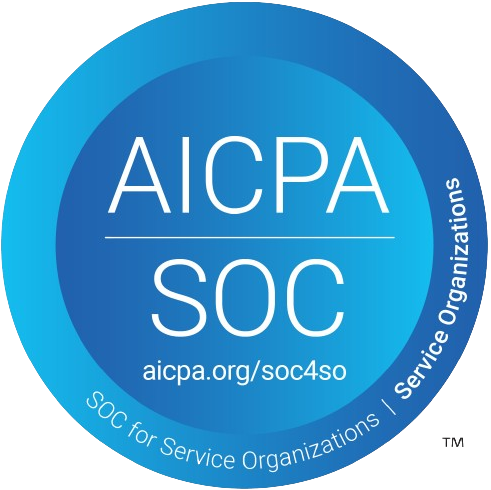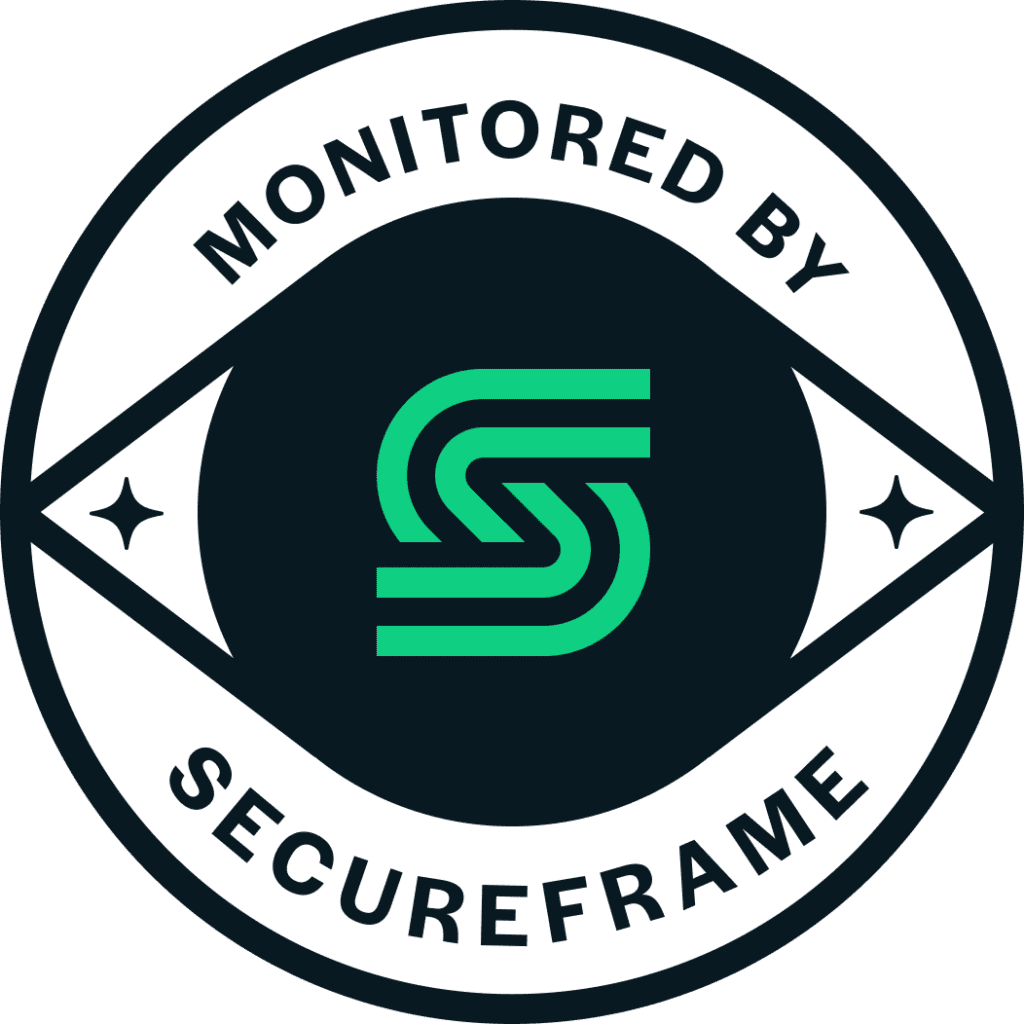One of the most common challenges in corporate learning is keeping employees engaged and motivated. This is especially true in the digital age where distractions are only a click away. However, interactive content can be a game-changer, allowing for immersive, engaging experiences that not only capture attention but also reinforce learning. This article explores the why and how of integrating interactive content into your corporate training programs along with actionable tips to get started.
Why Interactive Content?
- Enhanced Engagement: Interactive content transforms passive learning into an active experience. By giving learners a hands-on role, you hold their attention longer and create more impactful learning moments.
- Better Retention: Studies have shown that interactive elements improve information retention. Learners remember and apply information better when they actively participate, leading to deeper understanding and long-term knowledge retention.
- Personalized Learning: Interactive content can adapt to each learner’s pace and understanding. This makes learning more accessible and provides a sense of control that boosts confidence and motivation.
- Data-Driven Insights: Interactive tools allow you to capture real-time data on learner performance, preferences, and behaviors, providing valuable insights to tailor future training and identify skill gaps.
Types of Interactive Content for Corporate Training
There are numerous types of interactive content that can be incorporated into training modules. Here are a few examples to consider:
1. Diagnostic Quizzes and Polls
Quizzes and polls can check for understanding, gauge opinions, or encourage self-assessment. They provide instant feedback to learners, making the learning process feel more dynamic. Additionally, they give trainers insights into knowledge gaps. For example, a quick pre-course quiz to measure existing knowledge, followed by intermittent polls can keep engagement high and encourage reflection.
2. Interactive Videos
Interactive videos can present real-life scenarios, allowing learners to make decisions and see outcomes.Learners can visualize complex processes, practice problem-solving, and experience realistic situations without real-world consequences.What does that look like? Create a scenario-based video in a training module where learners choose actions to avoid workplace risks. This not only informs but engages the learner with relevant situations.
3. Simulations and Gamified Scenarios
These are ideal for practice-oriented training, allowing employees to apply skills in simulated environments. Simulations boost hands-on learning, reducing the gap between theory and practice, while gamified elements add an element of fun and competitiveness. Try and use a simulation to mimic a customer interaction or sales pitch, with real-time feedback on performance to help employees refine their skills.
4. Skills Assessments with Dynamic Feedback
Adaptive assessments change based on responses, challenging learners at their level and providing guidance where needed. Personalized feedback encourages learners to improve while providing valuable insights into progress. For example, in a management training course, an adaptive quiz adjusts the complexity of questions based on answers, giving tailored feedback that’s specific to each individual’s needs.
5. Hotspot Questions
These questions enable users to click on specific parts of an image to answer questions, making content visually engaging. Hotspot questions are most ideal for training that involves visual elements, such as product demos, design, or troubleshooting procedures. Try using an image of a machine with hotspots for equipment training. Learners click on different parts of the image to identify the machine’s components or diagnose an issue.
- Live Polling and Quizzes
Live polls and quizzes increase overall engagement and attention retention. Best used in a live training environment, users can test their knowledge on the spot, and receive instant feedback to adjust knowledge and make corrections on the fly. Try incorporating CredSpark’s Live Mode into your next training session. Used as an initial knowledge check, trainers know what areas to target, and learners know their weaknesses. Used as a final checkpoint, live polling can show participants just how much they’ve learned over the course of the training session, and educators can see how efficient their training strategy was.
How to Incorporate Interactive Content in Your Training
- Start with Learning Objectives.
Ensure each piece of interactive content has a clear purpose aligned with your learning objectives. For instance, use polls to gauge learner sentiments on a topic or deploy quizzes at module ends to reinforce key points. - Choose the Right Tools.
Many Learning Management Systems (LMS) and interactive content platforms offer templates and tools to create engaging elements. Integration-friendly platforms like CredSpark provide ready-made templates and analytics to streamline content creation and insights gathering. - Encourage Real-World Application.
Simulations, case studies, and branching scenarios can allow learners to practice real-world skills safely. When learners see the direct application of their training in their daily tasks, engagement and motivation skyrocket. - Leverage Analytics for Continuous Improvement.
The interactive content you use should provide data to inform future training improvements. Track performance metrics, completion rates, and engagement levels to see what resonates and make adjustments as needed. - Integrate Social Learning.
Encourage discussions around interactive content. Post-quiz discussions, forums, and peer feedback sessions can foster collaborative learning and provide new perspectives.
Turn static corporate learning into interactive experiences.
Interactive content is more than a trendy add-on—it’s a proven approach to transforming corporate training into a dynamic, personalized experience that improves learning outcomes. By engaging learners more deeply, facilitating knowledge retention, and providing actionable insights, interactive content can help your organization stay ahead in an ever-evolving landscape.
Whether you’re launching a training program from scratch or looking to enhance an existing one, incorporating interactive elements can be game-changing. Start small, measure the impact, and gradually build more engaging and effective training experiences that employees will remember, use, and benefit from.







